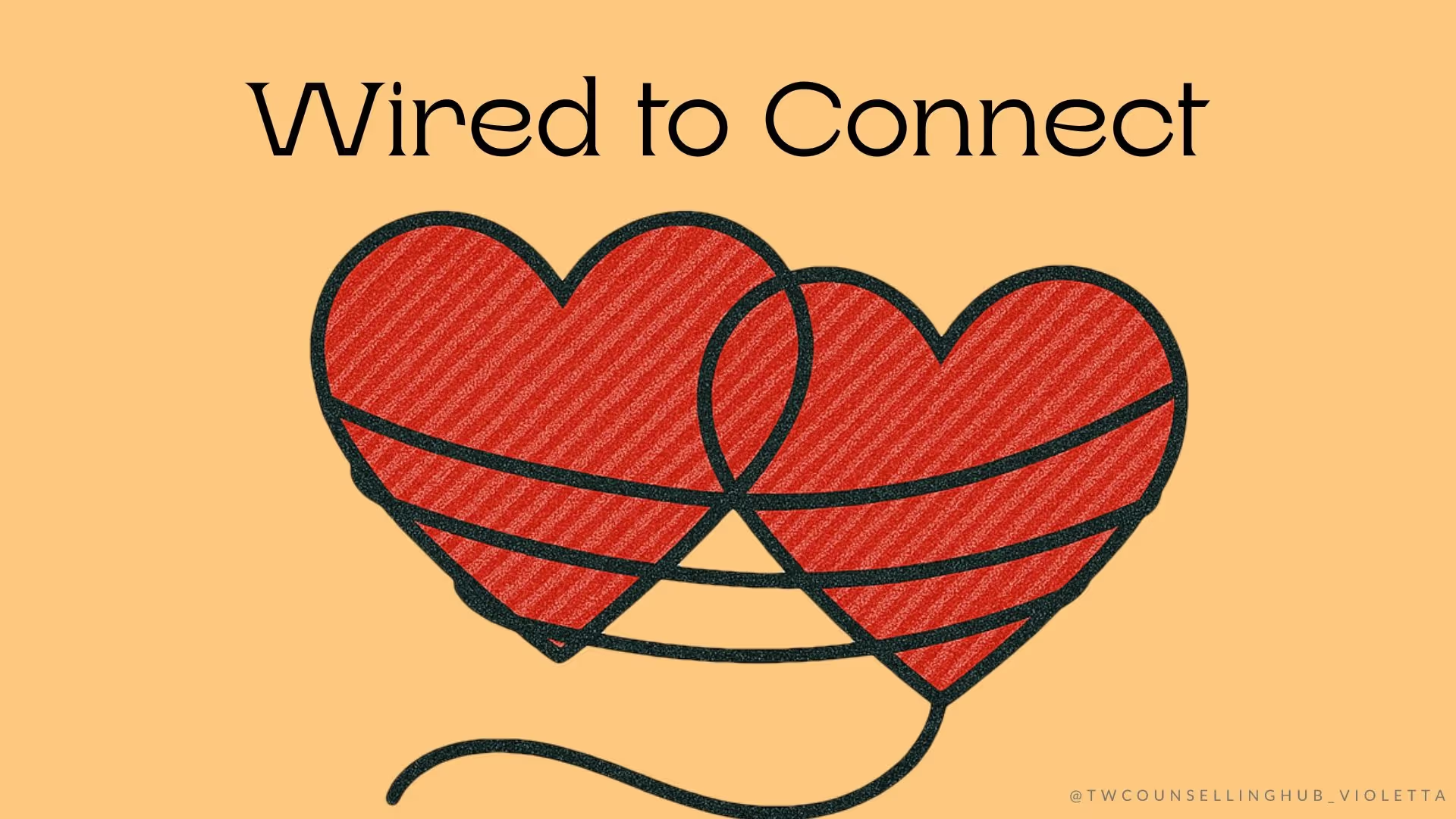“Love drives us to bond emotionally with the precious few others who offer safe haven from the storms of life.”
– Dr. Sue Johnson (from her book Hold Me Tight)
That quote beautifully captures something essential for me. Connecting the dots - between early beliefs, the stories we absorb, psychological theory, and even neuroscience - has helped shape how I think about love. Reading Hold Me Tight (which I can’t recommend enough) brought a new level of clarity. It deepened that picture and gave me the spark to finally write this. This post explores what love truly is - through the lens of attachment theory, therapy, and lived experience.
There’s something powerful about thinking of love not as a fairytale, or even just chemistry, but as a safe emotional bond. Somewhere we return to when the world feels overwhelming. Somewhere we can be vulnerable, messy, honest - and still be held.
We’re wired for this.
John Bowlby, the father of attachment theory, reminds us that our need for emotional responsiveness doesn’t end in childhood. It continues right through into adulthood. In fact, it becomes the foundation of our most intimate connections - especially romantic ones.
In every phase of life—single, partnered, or somewhere in between - love is just one of many meaningful connections.
No matter our relationship status, love is a powerful form of connection and it comes in many different forms. Having at least one emotionally responsive person can be life-changing. Our need for connection isn’t limited to romantic love - we’re wired for attachment in many forms.
And that matters. Love and meaningful connection can anchor us in many forms - through close friendships, chosen family, a likeminded neighbour, a beloved pet, or even a therapeutic relationship.
Attachment theory isn’t just about couples or children. J. Bowlby, Dr. S. Johnson and modern neuroscience agree:
“We are designed to need safe emotional connection from cradle to grave.”
And while I’ll be focusing mostly on romantic relationships in these blogs - since that's where many people seek healing and change - this in no way dismisses the deep love and safety that can be found outside of romantic relationships.
Even the Strongest Bonds Need Tending
Even in the most loving, secure partnerships, emotional disconnection still happens.
It might be a small misunderstanding, an emotional distance that creeps in, a shake-up of big life changes (even positive ones), or just the rush of everyday busyness. A moment of being unheard or unseen.
These “blips” can feel disorienting, confusing, even painful. And they often raise questions like: Is the love gone? Are we drifting?
More often than not, the love is still there. What’s missing is understanding—or the felt sense of being understood. Of connection. Of safety. Of being held.
Dr. Sue Johnson beautifully describes this deep attachment need—not as a luxury or a “just nice-to-have” but as essential:
“It’s as basic to life as food, shelter, or sex.”
“We are never more emotional than when our primary relationship is threatened.”
These words capture the rawness of relational pain so simply. They explain why conflict can feel so intense, why distance hurts so much. And if past experiences or trauma are added to the mix, the emotional spin can feel even more overwhelming.
So if you’ve been feeling a bit off in your relationship, you’re not alone. Sometimes a relationship just needs a bit of an MOT—a check-in, a space to assess, become aware, re-attune.
It often doesn’t mean the love is gone. It might just mean it’s time to pause and ask:
Will you see me? Will you hear me? Will you hold me?
These three questions lie at the heart of what it means to love and be loved. They’re worth asking - not just once, but often.
How about a new kind of wise monkeys — the three wise love monkeys?
Not about shutting down or blocking out, but about turning toward.
Seeing each other. Hearing each other. Holding each other.



